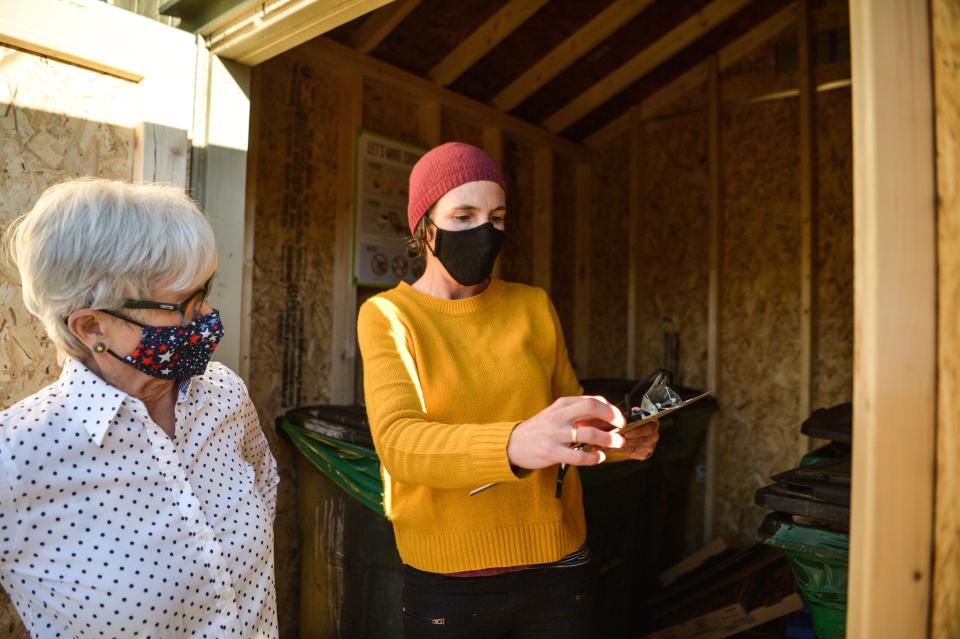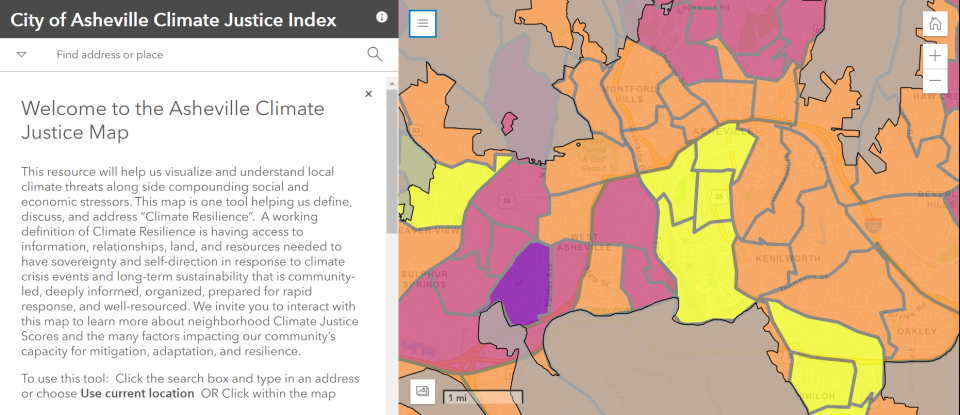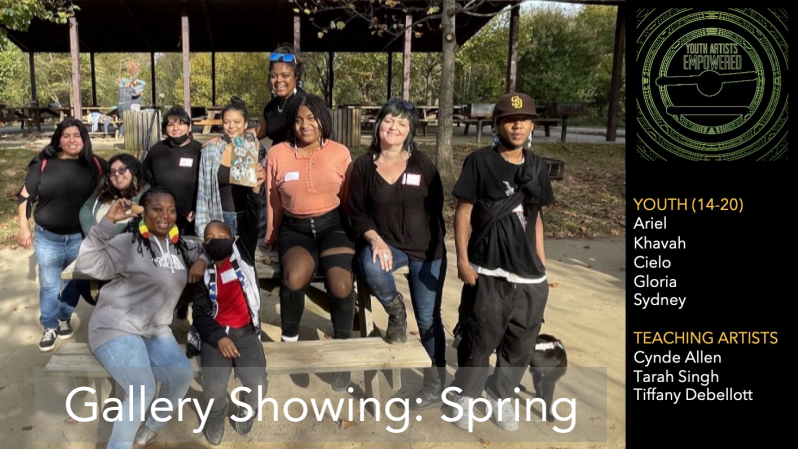City of Asheville aims to incorporate climate justice into policies, procedures
As Asheville considers the ways that its most marginalized residents are impacted by climate change, the Office of Sustainability is creating a tool to guide its users in implementing climate justice into the city's procedures, policies and plans.
Climate change does not treat every community equally, experts find. The extreme weather events caused by climate change, including flooding, landslides and wildfire, are compounded by social and economic stressors.
"As we’re experiencing those impacts, what the Climate Justice Initiative does is take that climate threat data and also expand the thinking around that to understand, ‘What does that mean for our social safety nets?’” said Kiera Bulan, a sustainability coordinator with the city.
Climate chaos: Asheville declares 'climate emergency,' looks to end greenhouse gas emissions 2030
If there is a neighborhood susceptible to flooding that also suffers high social vulnerability, it requires more pointed resource allocation, investment and emergency services than a neighborhood with more access, she said.
For the past year-and-a-half, Marisol Jiménez of Tepeyac Consulting has worked with the city to map climate vulnerability, host listening sessions and create a Climate Justice Guide and Screening Tool that will help the city navigate the crisis ahead.
The effort follows the city's January 2020 declaration of a climate emergency.
The future of Asheville's Memorial Stadium: Can tourism and community needs coexist?
“Climate change is this sort of inaccessible, overwhelming, really scary reality that we’re all living inside of," said Bulan.

But Asheville's ongoing Climate Justice Initiative intends to create a roadmap to address impacts of the climate crisis that the city is already experiencing, particularly in its communities of color.
At a Jan. 22 City Council meeting, Jiménez and Amber Weaver, sustainability officer with the city and project lead, presented council with an update on the project and the development of its Climate Justice Screening Tool.
Tropical Depression Fred: After the storm: Families impacted by Tropical Depression Fred reflect on life post-flood
The tool is meant to create a framework for applying a climate justice lens to city action, all the way through conception to evaluation.
Intended to be used throughout city departments, Jiménez said it encouraged a tailored approach that could be applied to anything from budgeting and project design to legislative decisions.
Jiménez said it could also be used in tandem with the GARE Racial Equity toolkit, a tool already in use by the city to incorporate equity into decision making at all levels of the organization.
The presentation did not require any action from council.
Among the other resources created by the initiative is an interactive online Climate Justice Index map that allows residents to gauge their neighborhood's ability to cope with the changing environment.
The map launched last year.

$17.9 million in federal COVID funding: Asheville groups pitch requests to City Council
Areas lit up yellow represent the most vulnerable neighborhoods — and many areas that scored highest are concentrated around public housing and historically Black neighborhoods, like Shiloh in South Asheville or Lee Walker Heights just outside of downtown.
What is your neighborhood's 'Climate Justice Index'? Asheville has a map for that
To gauge the inequity, said Alison Ormsby, an environmental studies professor at UNC Asheville and member of the city's Sustainability Advisory Committee on Energy and the Environment, in many cases, one only has to look up.
One climate impact that threatens communities is urban canopy loss, said Ormsby. A canopy study from 2019 found Asheville’s tree canopy declined by 6.4% from 2008 to 2018.
Ormsby said historically redlined communities — those impacted by discriminatory banking practices that denied Black people access to financing — and communities of color in Asheville are losing canopy at an even faster rate.
“I’m happy the city declared a climate emergency because it acknowledges the problem,” she said. “We need to acknowledge that we are facing a challenge, and we need to have goals, and we need to hold ourselves accountable for it.”
Next steps
Now in Phase 2 of its Climate Justice Initiative, the city will create its final report analysis from the listening and learning sessions, internally develop and implement the screening tool and determine how to continue its dialogue with the community, said Bulan.
Jiménez also told councilors to "stay tuned" for a public art project in the spring led by Youth Artists Empowered, which will highlight the stories, art and photography of young artists grappling with climate justice.

Asheville Homeless Services: Increase in city unsheltered population expected after count
According to initial reports, she said "frontline" community members, neighborhood leaders of color who have worked and lived in Asheville for a decade, have a number of concerns that climate justice efforts must seek to address, including:
Displacement
Inequitable evacuation plans and emergency responses
Impacts of structural racism
Access to healthy food and transportation
Lack of conversation about how to prepare and respond
Lack of awareness of the impacts on the homes and neighborhoods of communities of color
Anna Priest, chair of SACEE, said the initiative is working to bring awareness to all environmental justice threats, such as urban heat vulnerability, energy burden, CDC social vulnerability, flood, wildfire and landslide risk, as well as historical redlining.
Implementation of the Climate Justice Screening Tool is the next step, she said, describing it as "a structured process to recognize disparities, identify the root causes, and develop possible solutions to interrupt inequities; while incorporating climate equity and impacts in city planning and resource allocation."
Climate efforts: The movement for a Climate Bill of Rights in Asheville gains steam through grassroots group
At public comment following the January meeting, Adam Hall, a coordinator with the Asheville hub of the Sunrise Movement, applauded a meaningful process, but reminded council that it must take action and commit to applying climate justice to all strategic plans, incorporating its map and screening tool across the board.
Notably, he said council must budget the necessary funding to implement the recommendations.
“Without adequate funding in this budget," he said, "this two year effort will be nothing more than a charade."
Sarah Honosky is the city government reporter for the Asheville Citizen Times, part of the USA TODAY Network. News Tips? Email shonosky@citizentimes.com or message on Twitter at @slhonosky.
This article originally appeared on Asheville Citizen Times: Asheville Climate Justice Initiative seeks to improve city policies

